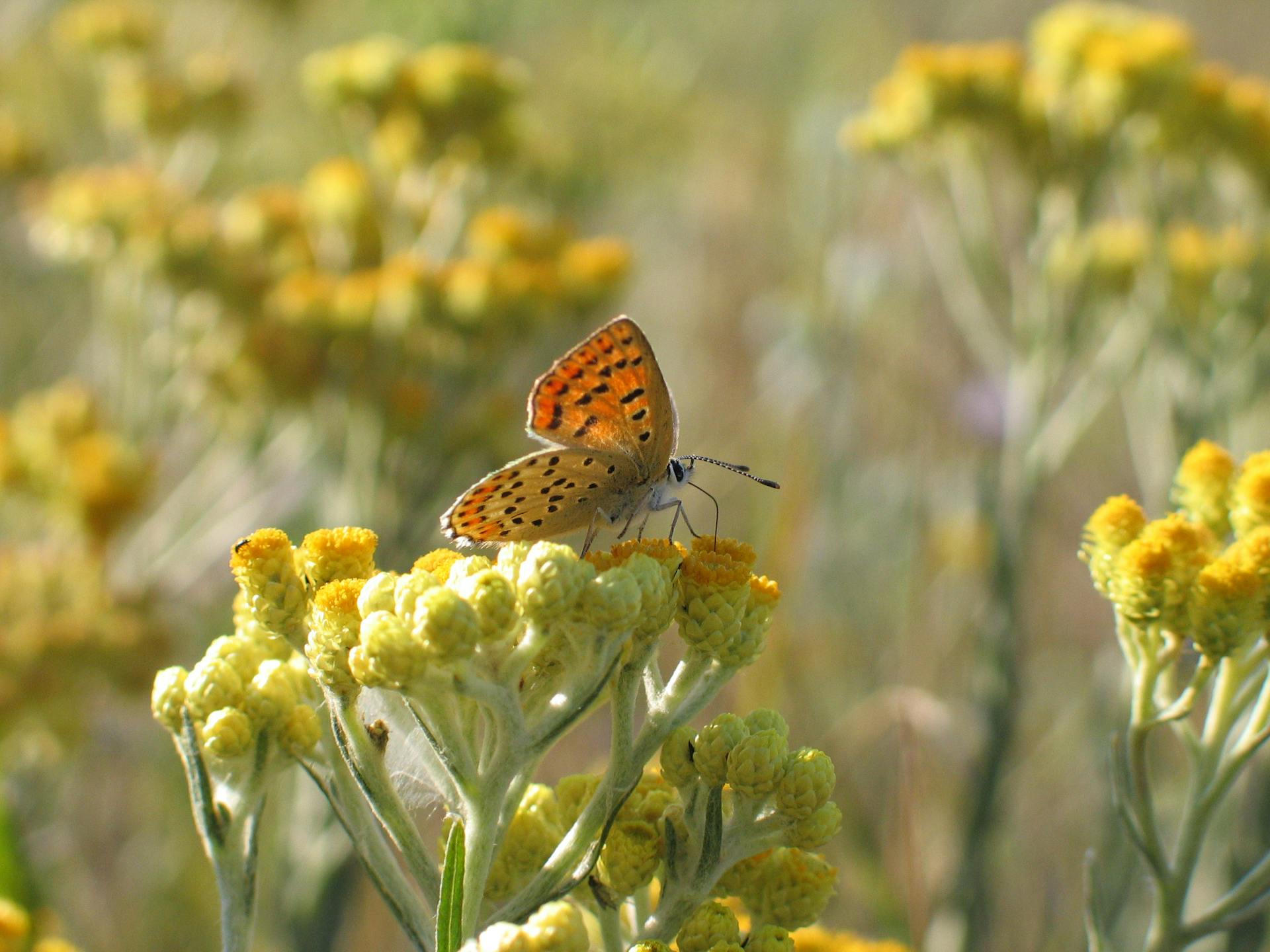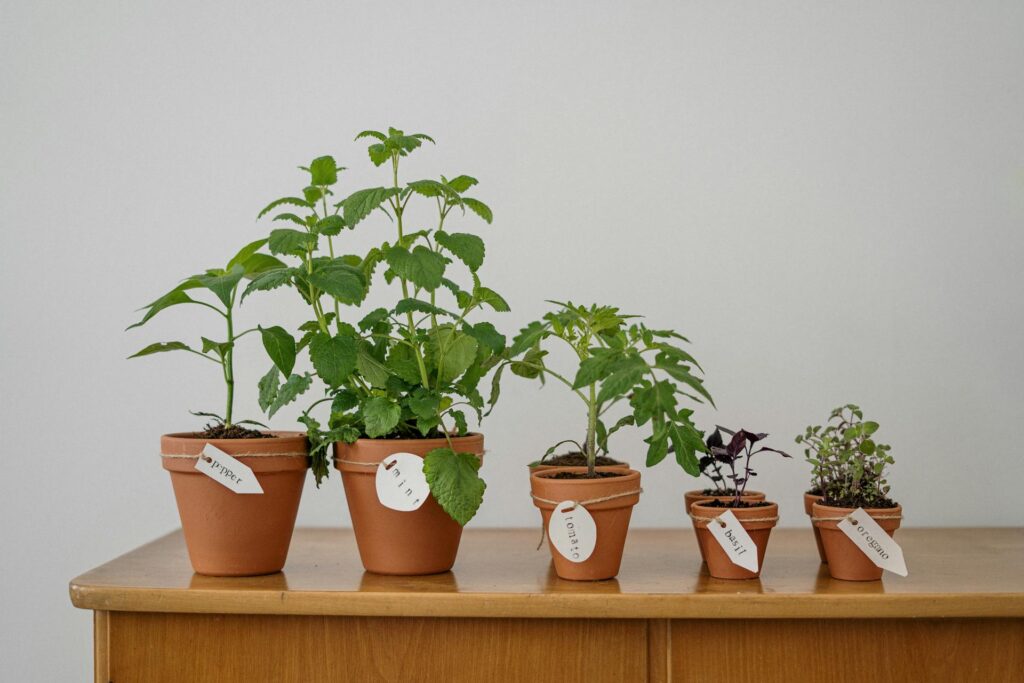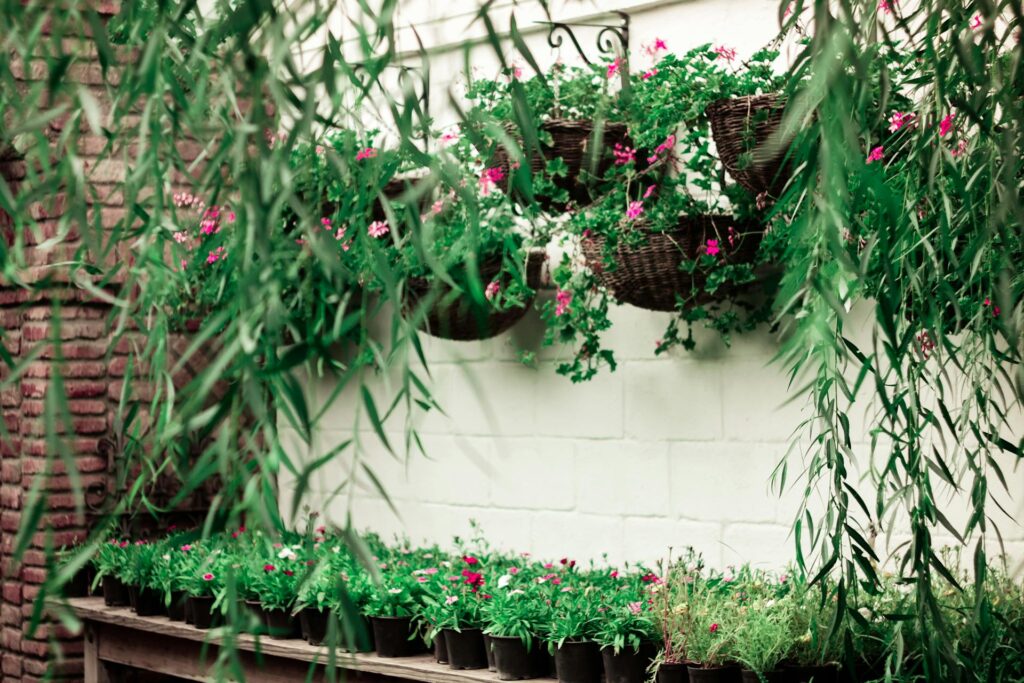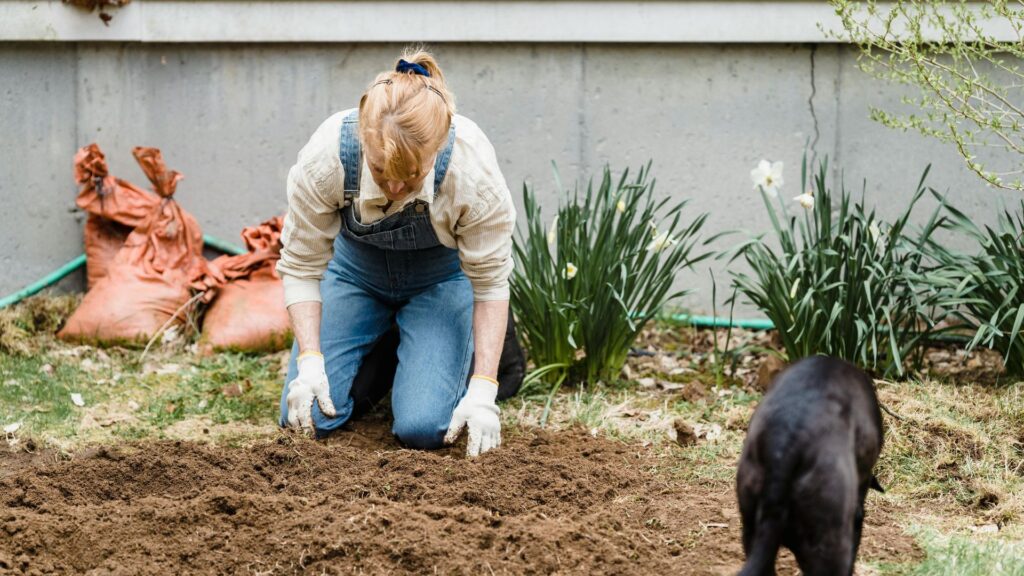You’ve probably observed fewer bees buzzing through your garden these days, or maybe you’ve noticed the butterflies that used to buzz through your childhood garden are no longer around. You’re not imagining things; pollinator counts have been plummeting, but here’s the good news: your garden can be part of the solution. Creating a pollinator garden is not merely supporting the planet; it’s about turning your yard into a healthy ecosystem full of color, activity, and purpose.
Why Pollinators Need Your Help
Pollinators are under unprecedented threat from habitat destruction, pesticide use, and climate change. But gardeners have a tremendous ability to make a difference. When you plant pollinator habitat in your yard, you’re giving these vital animals crucial food sources, nesting places, and safe corridors that enable them to thrive.
The good news is that Pollinator gardens are often more beautiful and easier to maintain than traditional landscapes. Native flowers require less water, less fertilizer, and they’re already adapted to your local climate.
Read More: Fall Yard Prep: What to Do Before the First Freeze
Creating a Bee Haven
Bees are one of our most important pollinators, and it’s easier than you think to draw them in. Bees like flowers with single blooms, rather than double-bloom flowers, since single blooms give them more convenient access to nectar and pollen.
Plant flowers in clusters of the same variety. Bees are more efficient when they can strike several flowers of the same variety in one area. Sunflowers, lavenders, cosmos, and zinnias are all popular bee flowers with extended flowering periods. Don’t forget to include herbs like oregano, thyme, and basil that are loved by bees when allowed to bloom.
Provide shallow water sources like a birdbath with landing pads, and provide some bare areas of soil where ground-nesting bees can nest. Ground nesting is estimated to be the habit of around 70% of the bee species, not hives.
Read More: Summer Gardening Mistakes to Avoid
Butterfly Gardens That Impress
Adult butterflies need two types of plants: nectar sources and host plants where they can lay eggs. Adult butterflies adore flat-top flowers like black-eyed Susans, purple coneflowers, and butterfly weed (naturally!).
To have host plants, find out what types of butterflies live in your area and what type of caterpillars they feed on. Monarchs need milkweed, swallowtails like parsley and dill, and painted ladies use hollyhocks and mallows.
Create sunny, protected spots where butterflies can sun and warm their wings. Two flat rocks in sunny areas are perfect butterfly sunbathing sites, and shallow ponds provide water and the required minerals.
Bringing Birds to Your Garden
Birds are more than attractive garden stoppers, they’re also wonderful pollinators, especially hummingbirds. Plant tubular flowers in pink, orange, and red to attract hummingbirds: cardinal flower, trumpet vine, and bee balm are irresistible.
Seed-eating birds supply seed dispersal and pest control. Plant seeds using native grasses, sunflowers, and coneflowers, and shrubs like serviceberry and elderberry for pollinator flowers and berries for birds.
Don’t miss the nesting material and shelter. Your local trees and shrubs provide nesting sites, and having some areas of your garden slightly “haphazard” with brush piles and leaf litter gives important habitat.
Seasonal Planning for Year-Round Support
The key to pollinator garden success is providing food sources throughout the growing season. Plan for early spring bloomers like crocuses and wild columbine, summer standouts like bee balm and rudbeckia, and late-season champions like asters and goldenrod.
Too many gardeners clean up too zealously in autumn. Leave seed heads for birds, and hollow plant stems provide overwintering habitat for beneficial insects.
Starting Your Pollinator Journey
Begin with one dedicated pollinator bed or even a few containers of native flowers. Acres aren’t required; even balcony gardens can accommodate pollinators with the proper plants.
Consult your local native plant society for advice tailored to your region, and consider knocking out some lawn area to create more habitat. Each square foot of pollinator habitat is important.
Your own garden can be a lifesource that keeps these incredible animals going while giving you infinite enjoyment observing the theatre of nature unfold right on your doorstep.



